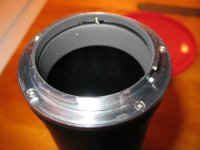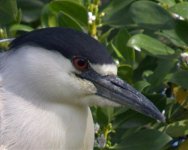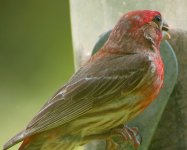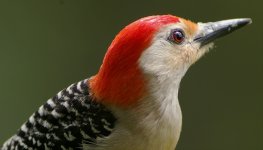I have been very interested in the idea of attaching a DSLR to a spotting scope and have been reading everything I can about it. However, I'm not sure I totally understand something I read and I'm hoping someone can help me out...
When you attach a DSLR directly to a spotting scope by means of one of the various camera adapters and a T-mount, is the image "reversed" (up/down, right/left)?
If so, does this create problems in getting the image properly aligned and set up?
When you attach a DSLR directly to a spotting scope by means of one of the various camera adapters and a T-mount, is the image "reversed" (up/down, right/left)?
If so, does this create problems in getting the image properly aligned and set up?




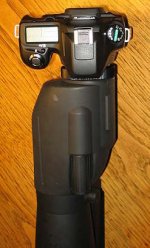
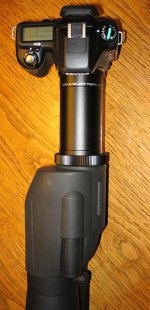
![adaptor f260_1[1].jpeg](/data/attachments/91/91967-46df4b7ec60d7f9790b99d437c938627.jpg)
